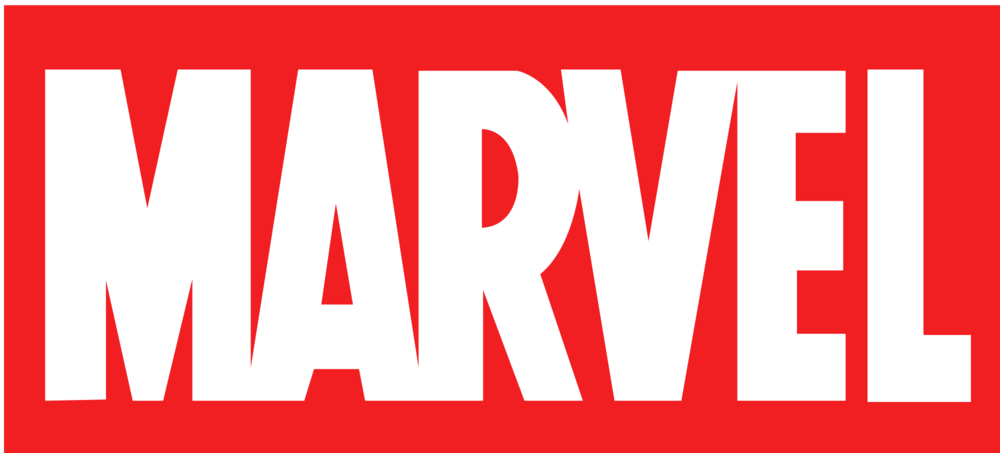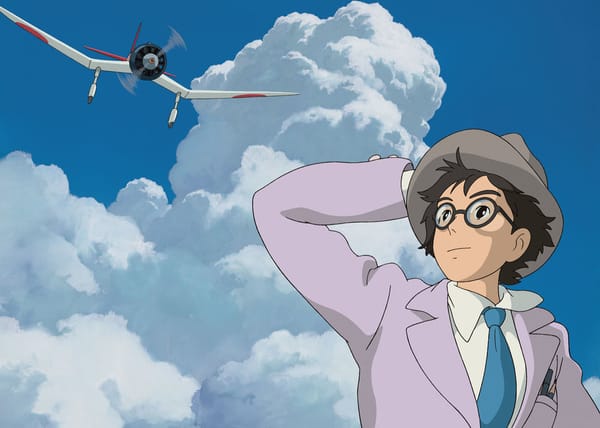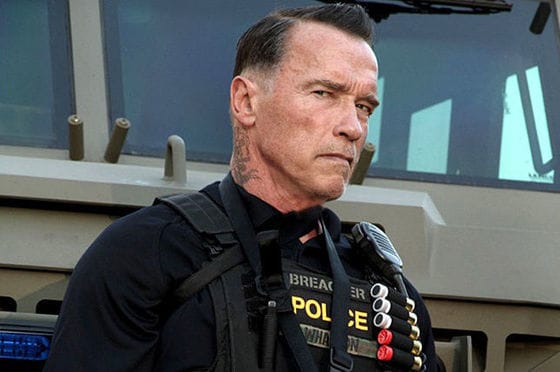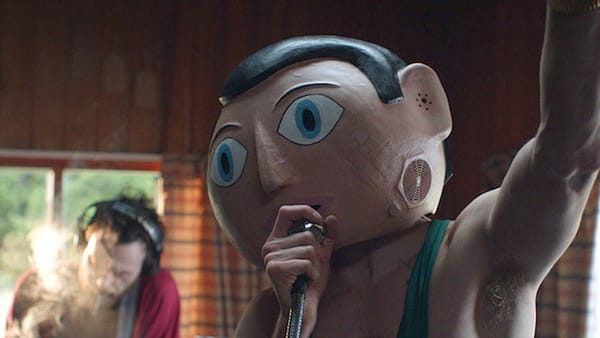Wonders of the Marvel Cinematic Universe
Think back to spring 2008. The comic book industry’s ventures into film were showing strong signs of recovery after the apparent death knell that was 1997’s Batman & Robin.

With Captain America: The Winter Soldier still drifting around in cinemas almost two months after release, it’s clear that Marvel’s plan to dominate the world of (comic book) films continues to be a resounding success. But just what is that plan, and how has it been so successful?
Phase 1
Think back to spring 2008. The comic book industry’s ventures into film were showing strong signs of recovery after the apparent death knell that was 1997’s Batman & Robin. Marvel’s cunning sales of their biggest properties (in particular Spider-Man and X-Men) to some of the big film studios (specifically, Fox and Columbia) had paid off in a big way – until 2007.
Financially, the third entries in those series were their biggest yet, but critically (and especially in the eyes of the fans), they were somewhat lacking. Spider-Man 3 was a tonal mess, while _X-Men: The Last Stand _was just a mess. With the other studios finally dropping the ball, the time was ripe for the release of a film not just licensed, but actually made by Marvel, with Paramount Pictures distributing. A plan hatched in 2005 finally started coming to fruition…
On May 2, 2008, the first film on Marvel’s new slate of productions landed. A lesser-known, second-tier character from the Marvel roster, one who was still part of the Avengers but wasn’t as famous as the likes of Captain America or the Hulk. With a recently-rehabilitated actor in the lead role, it was a fairly big gamble for the studio.
The actor? Robert Downey, Jr. The film?_ Iron Man_.
With a box office of over half a billion dollars on a budget of 140 million, Iron Man was an unexpected, resounding success, kick-starting Marvel’s plan for a cohesive universe of films that would culminate in uniting the Avengers for a no-holds-barred superhero movie to end all superhero movies.
The moderately well-received Incredible Hulk (the second Hulk film in five years) followed shortly after, before a two year gap (interrupted by Marvel Entertainment being acquired by Disney at the end of 2009) until Iron Man 2 dropped in 2010.
By then, Marvel’s plans were common knowledge – the teasing appearance of Samuel L Jackson as Nick Fury inviting Stark to the Avengers Initiative at the end of Iron Man sent fans into a frenzy of anticipation, after all – and the whole process continued with the introduction of Scarlett Johansson’s Black Widow into the mix.
Another big box office take, a slightly less ecstatic critical response but a favourable fan one, and the time had come for Marvel to take its next risks: expanding the universe in two big ways: out beyond the Earth, with Thor, and back into the past with Captain America, a hero from a time gone by.
Cue more interesting creative choices. Iron Man had been a bundle of them – Downey Jr. wasn’t an obvious leading man for a child-friendly blockbuster, while director Jon Favreau’s last efforts were 2003’s perennial Christmas favourite _Elf _and 2005’s under-rated Zathura, not material that screams ‘blockbuster status’.
Casting provided a jumble of names big and small, with the signing of Jackson on an unprecedented nine film contract as Fury showing that Marvel meant business. Casting the relatively unknown Chris Hemsworth as Thor, when his previous work consisted mostly of small Aussie TV shows, and a brief appearance in the Star Trek reboot, indicated a continued commitment to unpredictable casting, while Chris Evans as Captain America signalled a clean break from the past, completely overlooking his role as the Human Torch in the Fox-owned Fantastic Four movies (as well as his career in the land of mediocre rom-coms).
With the likes of Anthony Hopkins, Idris Elba, Natalie Portman, Tommy Lee Jones and Hugo Weaving (the list goes on for much, much longer) accepting supporting roles in both films, if 2011’s double bill paid off then Marvel Studios’ status as a big player in the film universe – and the MCU’s status as a heavyweight franchise – would be secure.
And did that double bill pay off. Thor defied all expectations, producing a fun, colourful romp with a sense of humour that took just shy of half a billion dollars at the box office (making stars of Hemsworth and Tom Hiddleston in the process), while Captain America made it past the 350 million mark.
With both films a critical success (Thor was praised for pretty much everything, Captain America won plaudits for its story and strong characterisation), it was looking like all systems go for the Avengers to assemble in 2012.
With geek god Joss Whedon at the helm, The Avengers (titled A_vengers Assemble_ in the UK so as to avoid any confusion with that other, non-super-powered Avengers) pulled together all the stars, adding in Mark Ruffalo as the Hulk (replacing Ed Norton from the 2008 film) and Jeremy Renner as Hawkeye after his blink-and-you’ll-miss-it appearance in Thor.
Cobie Smulders joined as S.H.I.E.L.D. agent Maria Hill, while Clark Gregg’s Agent Coulson – a presence in Iron Man 2 and Thor, as well as his own one-shots – provided an unexpected link for the Avengers.
If the previous Phase 1 films had defied expectations, _The Avengers _took those expectations, got the Hulk to crunch them up into a tiny ball, strapped it to a rocket, attached a ‘your move, punks’ note and fired it directly at DC headquarters. Now the third-highest grossing film of all time, with a not insignificant 1.5 billion dollars in box office take, it was a comic book film like no other.
Critical praise was near universal, and the fan response was like nothing else. The Avengers had landed, and they were here to stay. Marvel’s gambles – every single one of them – had paid off, and they had paid off in ways no-one could ever have expected.
With the films secure, the fanbase sufficiently rabid thanks to a teasing shot of big Marvel baddie Thanos in a post-credits sting, and the new One-Shots (short, sub-10 minute films expanding the MCU), the only was up for Phase 2: Bigger, Better, More Badass.







